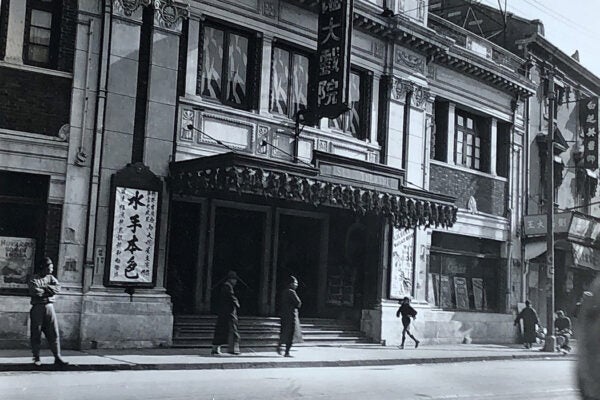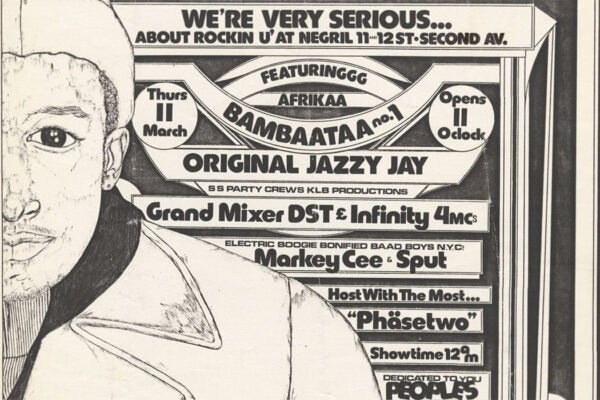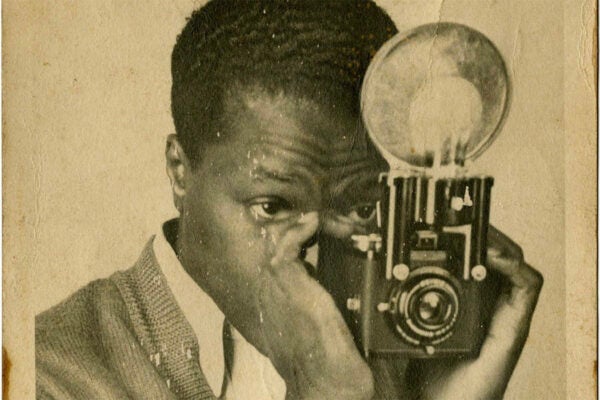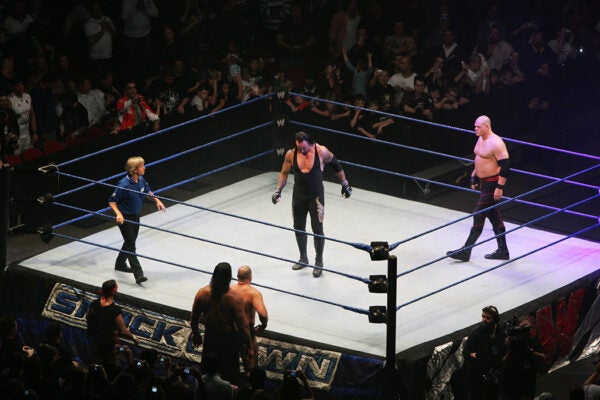Queer Representation in Pre-Code Hollywood
Before the establishment of the Hollywood Production Code in the 1930s, filmmakers deployed gender and sexuality stereotypes for glamour, humor, and drama alike.
Citizen Journalism: A Reading List
The ubiquity of smartphones has ushered in a new era for journalism—facilitating citizen journalism and changing the very nature of reporting.
The Chinese Movie Theater in Shanghai’s “No Man’s Land”
The Isis Theater of pre-war Shanghai occupied a unique space as a Chinese-run cinema in an international “contact zone.”
Mashup at the Intersection of Deco and Hip-Hop
Archived at Cornell University, a collection of flyers promoting dance-inspiring DJ sets in the Bronx established the visual identity of a new cultural era.
How Roy Orbison’s Repertoire Shaped David Lynch’s Films
Drawing on the nostalgic feelings evoked by Orbison's music, Lynch added new layers to the cinematic traditions of film noir.
The Decades of Double Features
For years, the double feature was a dependable part of the movie-goer’s life. Where did it come from, and where did it go?
Seeking Clues in Cabinet Cards
The poignant images, at once banal and intimate, in the Lynch Family Photographs Collection contain mysteries perhaps only the public can solve.
Remembering Mavis Gallant
Shaped by her Canadian origins and early work as a journalist, expatriate Gallant used the short story to examine the sociopolitics of post-war Europe.
The Post-Millennial Poe, or, Edgar Allan Holmes?
In life, Edgar Allan Poe was best known as a literary critic. Today, he’s best remembered for his disquieting tales...but that may be changing.
Real Fake/Fake Real: Pro-Wrestling’s Kayfabe Conundrum
An anthropologist takes on pro-wrestling at the intersection of gig-economy precariousness and post-truth politics.









